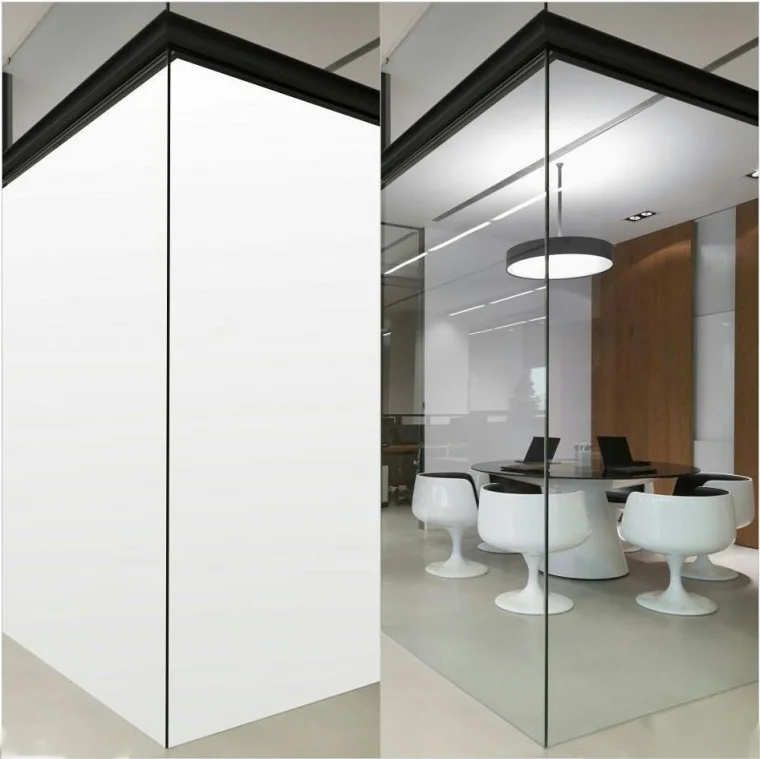Mastering the Art of Waterproofing a Metal Roof: A Comprehensive Guide
Waterproofing a metal roof is a crucial step in ensuring its longevity and protecting the structure beneath it. In this comprehensive guide, we will delve into the various techniques, materials, and best practices to achieve a watertight metal roof. Whether you are a homeowner, contractor, or roofing professional, this article will equip you with the knowledge to successfully waterproof a metal roof.
- Understanding the Importance of Waterproofing a Metal Roof:
- The potential consequences of inadequate waterproofing, such as leaks, corrosion, and structural damage.
- The benefits of a properly waterproofed metal roof, including increased lifespan, energy efficiency, and reduced maintenance costs.
- Assessing the Roof's Condition:
- Conducting a thorough inspection to identify existing issues, such as rust, loose seams, or damaged coatings.
- Evaluating the roof's slope, drainage system, and potential areas prone to water accumulation.
- Choosing the Right Waterproofing Method:
- Exploring different waterproofing methods, such as liquid-applied membranes, sheet membranes, and spray foam insulation.
- Considering factors like climate, roof design, and budget when selecting the most suitable method.
- Preparing the Roof Surface:
- Cleaning the metal roof to remove dirt, debris, and rust, ensuring proper adhesion of the waterproofing materials.
- Repairing any damaged areas, including loose seams, punctures, or corroded sections.
- Applying Waterproofing Materials:
- Detailed instructions on applying liquid-applied membranes, including surface preparation, primer application, and membrane installation.
- Step-by-step guide for installing sheet membranes, including proper overlapping, sealing, and securing techniques.
- Exploring the benefits and application process of spray foam insulation for metal roofs.
- Additional Considerations:
- Incorporating proper roof ventilation to prevent moisture buildup and condensation.
- Installing flashing and sealants around roof penetrations, such as vents, chimneys, and skylights.
- Regular maintenance practices to ensure the ongoing effectiveness of the waterproofing system.
- Hiring a Professional vs. DIY:
- Weighing the pros and cons of hiring a professional roofing contractor versus undertaking the waterproofing project yourself.
- Factors to consider, such as expertise, safety, warranty, and time constraints.
Conclusion:
Waterproofing a metal roof is a complex task that requires a deep understanding of materials, techniques, and best practices. By following the comprehensive guide provided in this article, you can confidently undertake the waterproofing process, ensuring a durable, watertight metal roof that will stand the test of time. Remember, investing in proper waterproofing today will save you from costly repairs and headaches in the future.
